
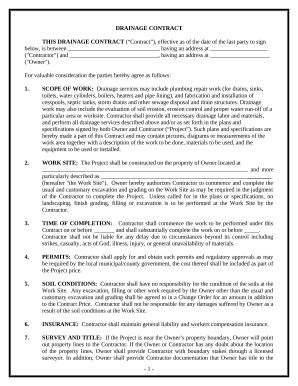
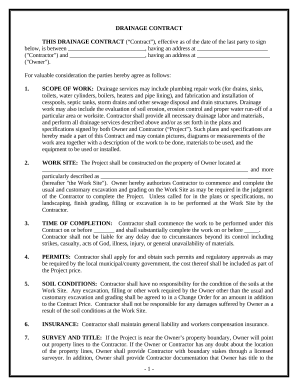
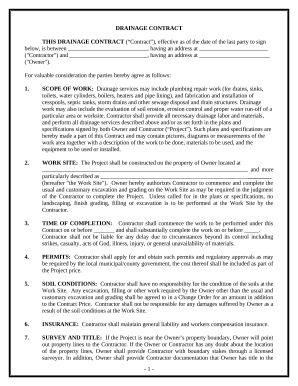
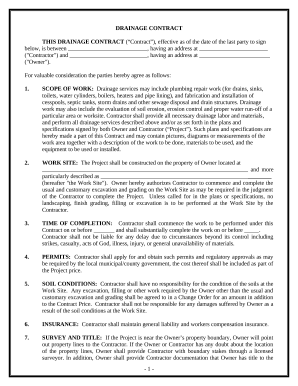

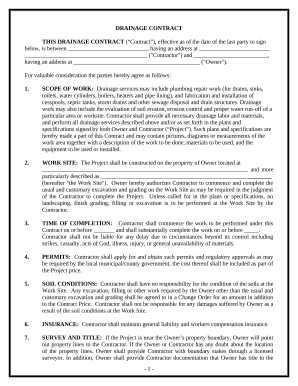
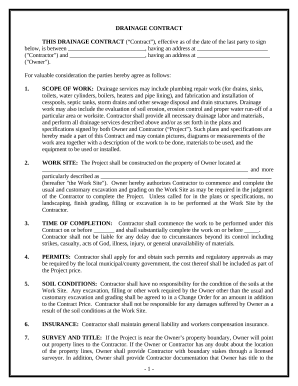


Your workflows always benefit when you can obtain all of the forms and files you will need at your fingertips. DocHub gives a wide array of templates to relieve your everyday pains. Get hold of Contractor Drainage Agreements category and quickly find your form.
Begin working with Contractor Drainage Agreements in several clicks:
Enjoy fast and easy file management with DocHub. Check out our Contractor Drainage Agreements online library and discover your form right now!